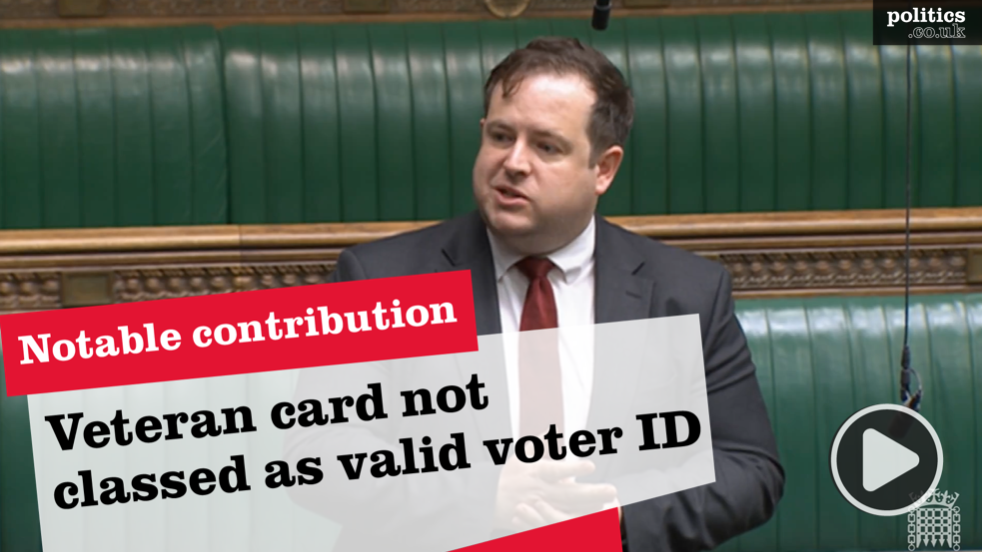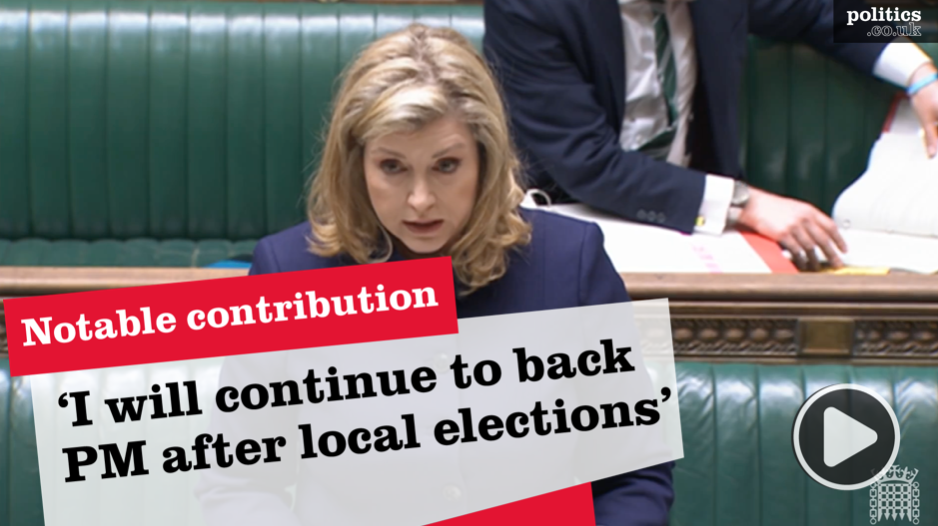“Credit deserts” leaving households unable to access good credit in cost of living crisis, according to new think tank report
-
New research from cross-party think tank Demos has analysed access to fair and affordable credit in the cost of living crisis, shining a light on the experiences of those living in “credit deserts” – places characterised by poor credit scores, high need and low availability
-
A huge majority of credit deserts in England are in the North, with a vast “corridor” of high credit need and limited credit options between Liverpool and Hull
-
The Good Credit Index 2023, now in its fifth year, finds that living in a credit desert leaves people far more likely to fall into a “bad credit cycle.” The report defines a bad credit cycle as where a lack of access to fair and responsible credit – an important lifeline that many can call on in times of financial hardship – leads to people taking out unregulated or illegal forms of finance for example from loan sharks or higher cost credit such as payday loans.
-
Conversely, those living outside credit deserts are more likely to be able to access fair and affordable credit, generating “good credit cycles”, where they are able to make timely repayments, improve their credit scores and enjoy greater opportunities to access good credit in the future
-
Participants in credit deserts described feeling “stuck”, “anxious” and “depressed” as a result of being stuck in bad credit cycles, while those in good credit cycles are less likely to have their stress levels negatively impacted
-
Credit in the Cost of Living Crisis also explored what “credit need” looks like in a cost of living crisis, revealing just how precarious many people’s financial situations have become. Nearly one in five (18%) report using credit for essential items, such as food and energy
-
The research found that people from BME backgrounds, young people and those with disabilities are most in need of credit. Some 33% of people from BME backgrounds have used credit to pay for essentials since November 2022, compared with 15% of White people; 25% people aged 18-34 vs 9% 55-64 year olds; and 51% of disabled people vs 33% non-disabled people
-
It also found that BME, young and disabled people are all more likely to struggle to access good credit, with ethnic minorities 3.5 times more likely to have used payday loans than White people, and up to three times more likely to use unregulated lenders (such as illegal loan sharks)
New research from cross-party think tank Demos has analysed access to fair and affordable credit in the cost of living crisis, shining a light of the experiences of those living in “credit deserts” – places characterised by poor credit scores, high need and low availability.
Credit in the Cost of Living Crisis: The Good Credit Index 2023, published today (Thursday 17th), is the latest instalment in the Good Credit research programme that has been mapping inequalities in access to fair and responsible credit across the UK since 2019.
For the fifth year in a row, a huge majority of credit deserts in England are in the North, with a vast “corridor” of bad credit between Liverpool and Hull, cutting through Manchester, Leeds and Sheffield and surrounding areas. It also found a concentration of credit deserts in the North East around cities such as Newcastle, Middlesbrough and Sunderland.
While a North/South divide was evident, there are a number of areas in the South of England that score badly, including London boroughs such as Newham and Barking & Dagenham. There are also very few high scoring local authorities in devolved nations, with clusters of credit deserts in South Wales and South West Scotland.
Living in a credit desert increases the likelihood of falling into a “bad credit cycle”. The report suggests that a lack of access to fair and responsible credit – an important safety net for many – leads to an increased chance of being rejected from “good” credit lenders and then having to submit multiple subsequent applications.
As the research states, this can negatively impact someone’s credit history, leaving little choice but to turn to bad credit from illegal loan sharks or higher cost or inflexible sources of credit such as payday lenders. Where people struggle to make repayments, the arrears can lead to people requiring more credit or defaulting, leading to a continuation of the cycle.
By contrast, those in “good credit cycles” are able to make timely repayments, improve their credit scores and enjoy greater opportunities to access good credit in the future.
The question of whether someone falls into a good or bad credit cycle is hugely significant for their mental health and emotional wellbeing. Participants in the former describe feeling “stuck”, “anxious” and “depressed”, while those in the latter experience minimal impact on their stress levels.
Alongside geographical variation, the research found that young, BME and disabled people are all more likely to struggle to access good credit. Ethnic minority groups are three times more likely to have used bad sources of credit, such as illegal loan sharks. Ethnic minorities are also 3.5 times more likely to have turned to unregulated or higher cost credit options such as BNPL (buy now pay later), borrowing from friends and family, or payday loans since November 2022.
Stephen Walcott, researcher at Demos and co-author of Credit in the Cost of Living Crisis, said:
“In credit deserts, poor access to responsible credit is having profound consequences for already marginalised groups’ mental health and emotional wellbeing. We must not ignore the role of higher cost, inflexible and even illegal forms of credit in the cost of living crisis, which is too often worsening people’s financial hardship.
“One in five people told us that they are having to use credit just to afford the essentials in life such as food and energy bills. This is the sign of the impact the cost of living crisis is having on people.
“When people need it, they should have access to fair and reasonable credit. However, what our findings show is that for too many people across the country good credit is simply beyond their reach.”
Credit in the Cost of Living Crisis also revealed what “credit need” looks like in a cost of living crisis, revealing just how precarious many people’s financial situations have become. Nearly one in five (18%) report using credit for essential items, such as food and energy.
Once again the research found that race (33% of people from BME backgrounds have used credit to pay for essentials since November 2022, compared to 15% of White people), age (25% people aged 18-34 vs 9% 55-64 year olds) and disability (51% disabled vs 33% non-disabled people) are all significant factors.
Demos will be following up this report in the autumn with a white paper, which will make recommendations to address the challenges identified throughout the course of this research. This will include short and long term recommendations to help tackle access to responsible credit at both local and national level.










